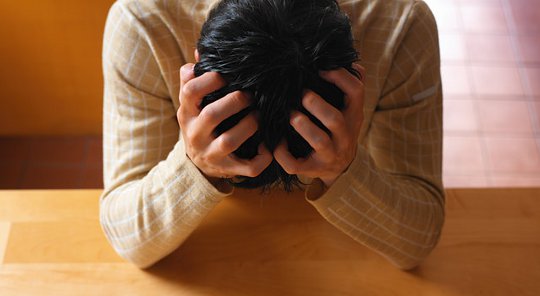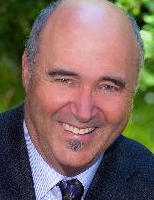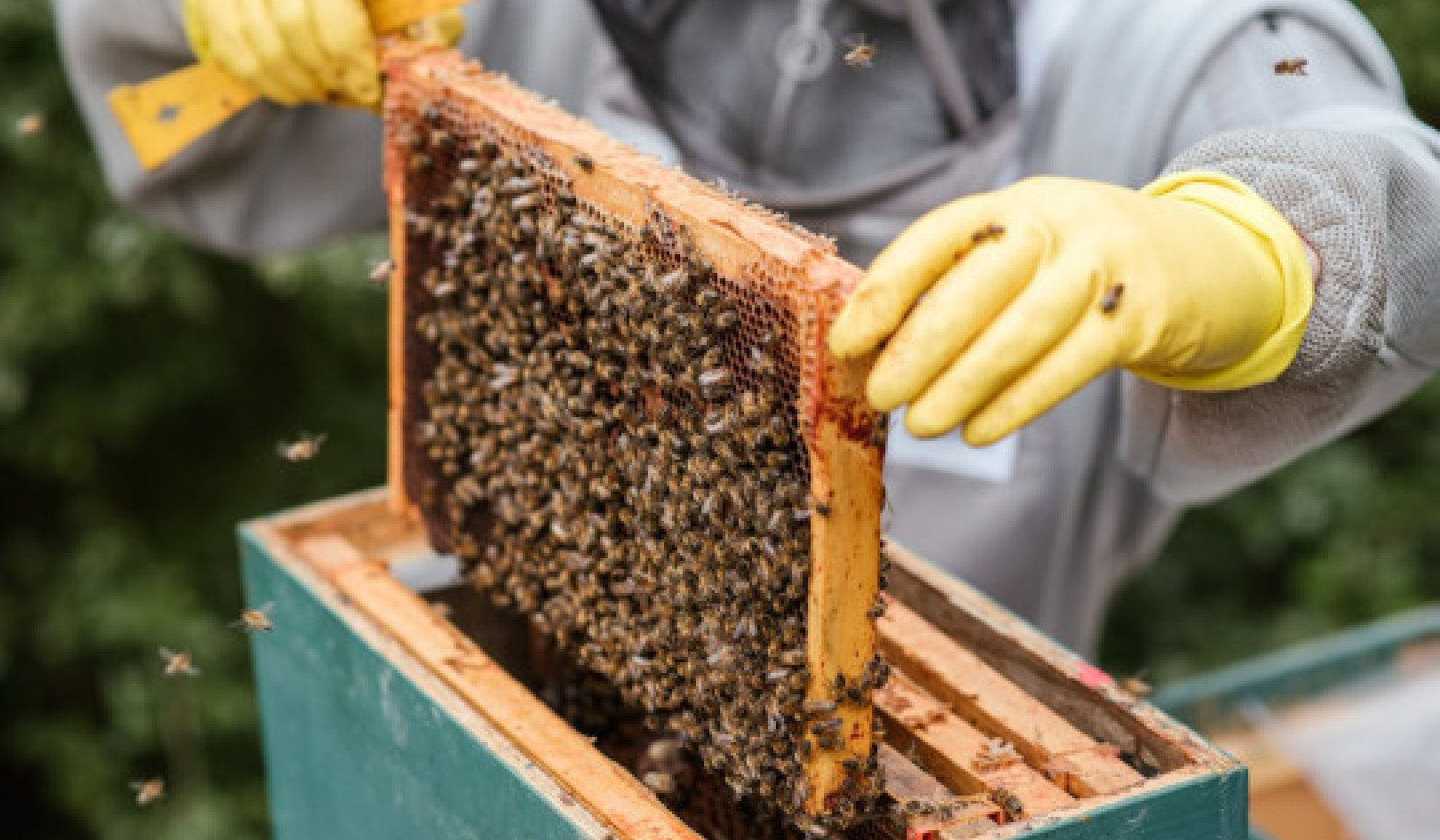
"The great engineer of the universe
has made man as perfectly as he could make him,
and he could not have invented a better device
for his maintenance than to provide him
with a sense of pain." -- Rene Descartes
Pain has been referred to as a temporary condition caused by a deficiency of morphine. As preposterous as this may sound, this statement actually isn't too far from the truth, for the body does create its own opiate-like substances called endorphins that deaden pain. Even Nancy Reagan couldn't "say no" to these internal drugs. Luckily, you can't get arrested for carrying opiate derivatives in your brain.
Pain is a very subjective feeling. The International Association for the Study of Pain defines pain as an unpleasant sensory or emotional experience associated with actual or potential tissue damage. Whatever the source or nature of the pain, it is calling, even demanding, your attention. Pain is an inherent protective device that nature has given us. It is sometimes difficult to acknowledge the value of pain while one is experiencing its wrath. Still, pain is absolutely essential for the survival of the human species. Among other benefits, it encourages us to learn from our mistakes and to avoid potentially dangerous experiences. Seeking to understand what it is saying is worthwhile, though not always easy.
Common Chronic Pain Syndromes
The most common chronic pain syndromes are backache, headache, joint pain, and pain from injury. Pain itself is not a disease, but is a symptom of disease or injury. Simply treating the pain doesn't necessarily change the condition, and this is why pain-killers offer only short-term relief at best.
Conventional medical treatment for pain usually consists of medication, nerve blocks, and surgery. Although these approaches may provide certain benefits, they encourage you to be passive, giving you a sense that you don't have much control over your own pain or your own life.
The following strategies will help you take greater control of your pain and hopefully eradicate it or at least reduce it to more manageable levels. These strategies will help you manage your pain before it manages you.
Breathe into the pain
Resisting pain can sometimes aggravate it, just like trying to untie a knot by pulling at both ends. Taking a deep abdominal breath into and through the pain can be relaxing and healing. Focus your attention on the pain, and imagine you are inhaling and exhaling through the primary site of pain. Breathing into the pain while doing yoga exercises can provide additional therapeutic effects.
Get to the point
There are acupressure points all over your body that can effectively reduce the pain and start the healing. The best points are never precisely on the primary place of pain. Seek out "trigger points" -- that is, points that seem hypersensitive to the touch. Sometimes suitable points are around joints that are near the pain, and sometimes they are on the other side of the body parallel to where the pain is. Press the point firmly with your thumb for five seconds, release, and then repeat the pressure several times.
Have a spicy life
Eat chili peppers. They contain capsaicin that has been found to stimulate secretion of endorphins and reduce the release of a neurotransmitter, substance P, which short-circuits the perception of pain. There are also external ointments sold in health food stores and pharmacies that contain capsaicin.
Coffee for pain relief
There is a good reason why most aspirin tablets contain caffeine: It can block opiate receptors in the brain and reduce the sensation of pain. Although coffee may provide this beneficial effect, don't fool yourself into thinking that it is "curing" you. It isn't, but it is providing temporary relief while you figure out deeper healing strategies.
Dear Diary
Keep a pain journal. By observing carefully when and where you experience pain, you can sometimes find certain patterns to it, and then try to break or change these patterns. You may, for instance, discover that you develop your symptoms when you don't get enough sleep, don't get adequate physical exercise, miss a meal, eat certain foods, or visit relatives.
Hypnotize yourself
Autohypnosis is a popular technique for relaxation and can be used effectively for healing and pain control. One hypnosis strategy, called glove anesthesia, is to put yourself in a trance and imagine your hand to be numb, heavy, and wooden. Then, move your hand to the part or parts of the body that feel pain, and imagine that those parts are feeling similarly relaxed, heavy, and numb.
Exercise and exorcise the demons out
Research has found that exercise increases endorphin levels in the blood. The increase in these opiate-like substances is one reason that athletes sometimes feel "high" when they are exercising. Likewise, exercise may help reduce your pain. However, this strategy should not be considered if exercise induces pain.
Massage the sole
Your feet, especially the bottoms, have thousands of nerve endings, and by massaging them, you are stimulating various parts of the body that the nerves feed, thus reducing pain. The joy and relaxation that massaging the feet creates is good for the sole and the soul.
Believe in belief
Whatever you do to relieve your pain, believe in it and it will work better. Research has shown that approximately 33 percent of people with pain experience relief of symptoms from a placebo.
Distract yourself
Try not to let pain interfere with your life. Keep busy with activities that require concentration so that you can forget about your pain for a while.
Article Source
The One Minute (or so) Healer
by Dana Ullman, MPH.
 The One-Minute (Or So) Healer, drawing on a wide range of natural healing approaches including nutrition, yoga, homeopathy, massage, relaxation, and even humor, not only gets readers back on their feet, but also provides them with quick and easy ways to do so. Using a relaxed, humorous style, this guide addresses 31 common health problems along with 500 healing techniques.
The One-Minute (Or So) Healer, drawing on a wide range of natural healing approaches including nutrition, yoga, homeopathy, massage, relaxation, and even humor, not only gets readers back on their feet, but also provides them with quick and easy ways to do so. Using a relaxed, humorous style, this guide addresses 31 common health problems along with 500 healing techniques.
Click here for more info or to order this book.
(EDITOR'S NOTE: The remedies presented here have taken from the book: "The One Minute (or so) Healer" by Dan Ullman, MPH. While we present a few suggestions here, the book contains 500 simple ways to heal yourself naturally.)
About the Author
 DANA ULLMAN M.P.H. is one of America’s leading advocates for homeopathy. Hehas been certified in classical homeopathy by the leading organization in the U.S. for professional homeopaths. Dana has authored 10 books. He has also created an e-course How to Use a Homeopathic Medicine Kit which integrates 80 short videos (averaging 15 minutes) with his famous ebook, entitled Evidence Based Homeopathic Family Medicine.
DANA ULLMAN M.P.H. is one of America’s leading advocates for homeopathy. Hehas been certified in classical homeopathy by the leading organization in the U.S. for professional homeopaths. Dana has authored 10 books. He has also created an e-course How to Use a Homeopathic Medicine Kit which integrates 80 short videos (averaging 15 minutes) with his famous ebook, entitled Evidence Based Homeopathic Family Medicine.
He is the founder of Homeopathic Educational Services which is America’s leading resource center for homeopathic books, tapes, medicines, software, and correspondence courses. Homeopathic Educational Services has co-published over 35 books on homeopathy. For more about Dana Ullman, visit https://homeopathic.com/about/
Related Books
More books by this Author
at InnerSelf Market and Amazon




























